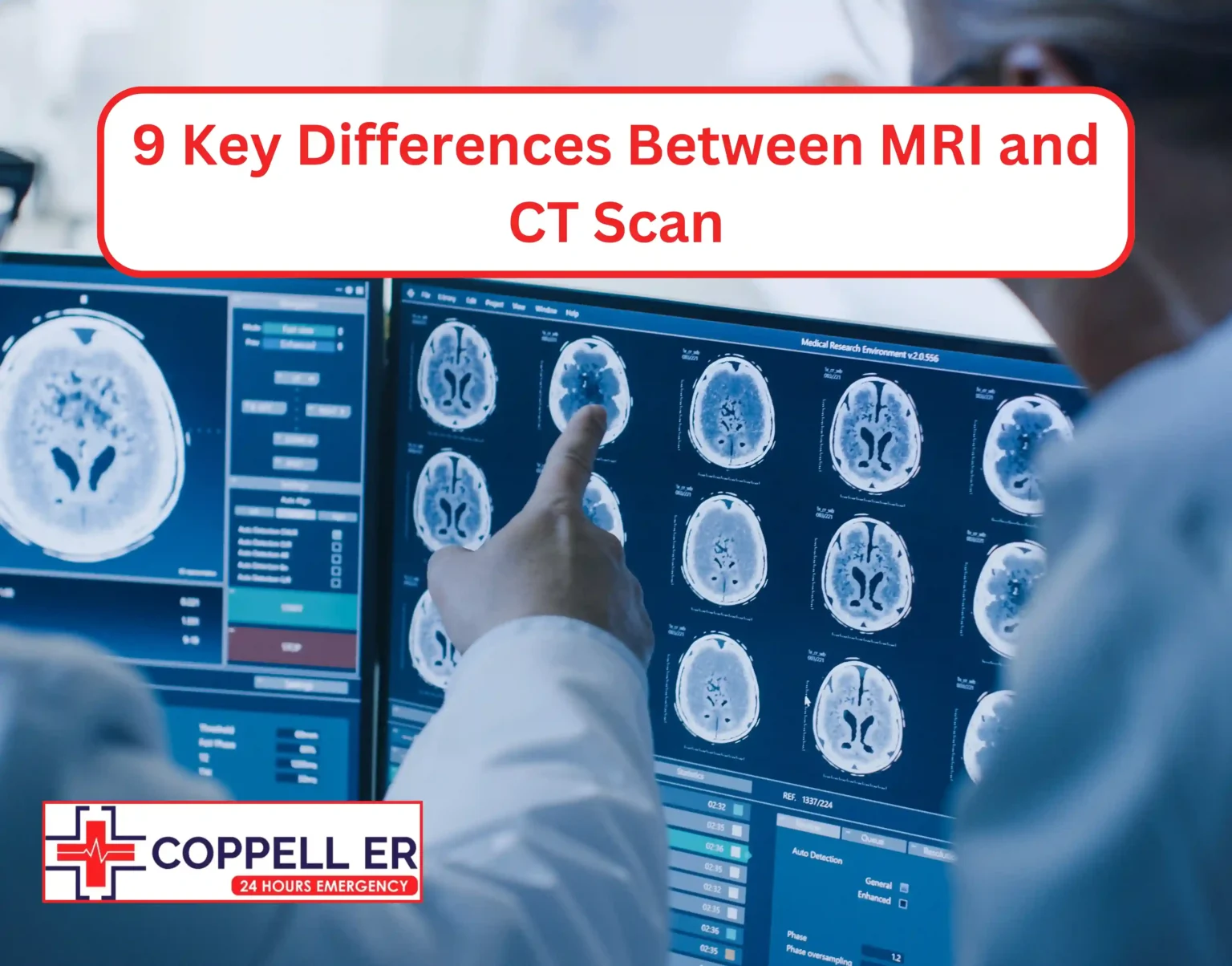In the ever-evolving field of healthcare, imaging technology has emerged as a cornerstone for accurate diagnosis and effective treatment. From the early days of X-rays to advanced MRI and 3D imaging, medical imaging has revolutionized how doctors view, understand, and treat various conditions. This guide explores the latest trends, benefits, and future potential of imaging technology in healthcare.
What Is Imaging Technology?
Imaging technology refers to a range of techniques and tools used to create visual representations of the interior of a body for clinical analysis and medical intervention. These images help healthcare professionals detect, diagnose, and monitor diseases effectively.
10 Revolutionary Advances in Imaging Technology
1. Magnetic Resonance Imaging (MRI)
MRI uses strong magnetic fields and radio waves to produce detailed images of organs and tissues without the use of ionizing radiation.
2. Computed Tomography (CT) Scans
CT scans combine multiple X-ray images taken from different angles to create cross-sectional views, providing detailed information about internal structures.
3. Ultrasound Imaging
Utilizing high-frequency sound waves, ultrasound is widely used for monitoring pregnancies, examining soft tissues, and guiding certain medical procedures.
4. Positron Emission Tomography (PET) Scans
PET scans detect metabolic activity and help diagnose conditions like cancer, heart disease, and brain disorders.
5. Digital X-Ray Imaging
Modern digital X-rays offer faster image processing, reduced radiation exposure, and improved image quality compared to traditional film-based X-rays.
6. 3D and 4D Imaging
These technologies provide dynamic, real-time images, especially beneficial in prenatal care and surgical planning.
7. Fluoroscopy
Fluoroscopy allows continuous X-ray imaging, making it valuable for guiding catheter insertions and orthopedic surgeries.
8. Molecular Imaging
Molecular imaging visualizes cellular and molecular processes, aiding in early disease detection and personalized medicine.
9. Elastography
This technique measures tissue stiffness, useful in diagnosing liver fibrosis, tumors, and musculoskeletal conditions.
10. Artificial Intelligence (AI) in Imaging
AI algorithms enhance image analysis, detect abnormalities faster, and support radiologists in making accurate diagnoses.
Benefits of Modern Imaging Technology
- Early and Accurate Diagnosis: Detect diseases at an early stage for prompt treatment.
- Non-Invasive Procedures: Reduce the need for exploratory surgeries.
- Improved Treatment Planning: Aid in precision-based treatments.
- Enhanced Patient Monitoring: Track disease progression and response to therapy.
Applications of Imaging Technology
- Cardiology: Identifying heart defects, blockages, and monitoring cardiac functions.
- Neurology: Diagnosing brain tumors, strokes, and neurodegenerative diseases.
- Orthopedics: Assessing bone fractures, joint disorders, and musculoskeletal conditions.
- Oncology: Detecting and monitoring cancer progression.
- Obstetrics and Gynecology: Monitoring fetal development and reproductive health.
Future Trends in Imaging Technology
- Integration with AI and Machine Learning
- Portable Imaging Devices
- Personalized Imaging for Targeted Therapy
- Improved Image Resolution and Speed
- Augmented Reality (AR) for Surgical Navigation
Frequently Asked Questions (FAQs)
1. What is the purpose of imaging technology in healthcare?
Imaging technology helps diagnose, monitor, and guide the treatment of various medical conditions.
2. Is medical imaging safe?
Most imaging techniques are safe. MRI and ultrasound don’t use radiation, while CT scans and X-rays involve minimal radiation exposure.
3. What is the difference between MRI and CT scan?
MRI uses magnetic fields for detailed soft tissue images, while CT scans use X-rays for quick cross-sectional views of bones and organs.
4. Can imaging technology detect all diseases?
While highly effective, imaging is often combined with other diagnostic tools like lab tests for comprehensive evaluation.
5. How has AI improved medical imaging?
AI enhances image interpretation, speeds up diagnosis, and improves accuracy in detecting abnormalities.
For more blogs visit empireadda.com



